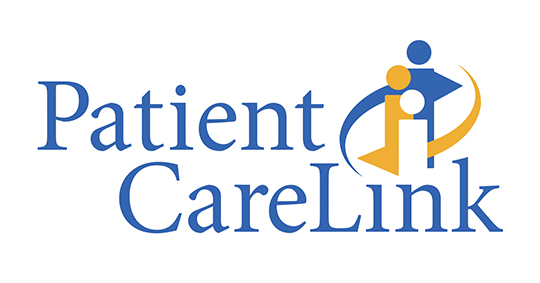Airway Safety
Approximately 25,000 potentially life-threatening errors occur daily in hospital intensive care units (ICUs), and up to 10 percent of these adverse events involve unintended incidents in airway management; more than half of these errors have been deemed preventable (Needham, et al., 2004). Airway safety events refers to complications related to high-risk patients for airway compromise, airway placement and airway maintenance. Airway management processes must be in place for critically ill patients in the ICU who are at risk for difficult intubations (Leeuwenburg, 2015).
Failure to Rescue (FTR)
Failure to rescue (FTR) is the failure to recognize and appropriately respond to early signs of patient deterioration. It is considered an indicator of the quality of care within a health care organization, irrespective of patient severity and other health factors (McKee, Coles & James, 1999). More specifically, FTR is the:
- failure to recognize clinical deterioration;
- failure to communicate and escalate concerns;
- failure to physically assess the patient; and
- failure to diagnose and treat appropriately (Moldenhauer et al., 2009).
Attentive bedside care is integral to being able to detect changes which could be a sign of an impending critical event; nurses, physicians and all caregivers are responsible for vigilance in patient assessment. Patients can display signs and symptoms of impending arrest for up to 72 hours before an event (Subbe & Welch, 2013). Reported FTR incidence is 8.0 to 16.9 percent and communication failures are a root cause of escation delays (Johnston et al., 2015).A common intervention is the implementation and use of a rapid response team (RRT) within the organization. RRTs are usually a multidisciplinary team of intensive care-trained staff, who are available at all times to respond to a deteriorating patient (Moldenhauer et al., 2009). The use of RRTs has been shown to reduce mortality in hospitals (Beitler et al., 2011). While RRTs are an important resource for clinicians and hospital staff, patients and families should also be educated on the hospital’s rapid response system and empowered to activate it should the need arise.

